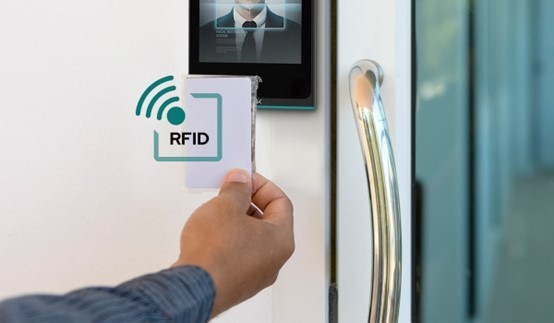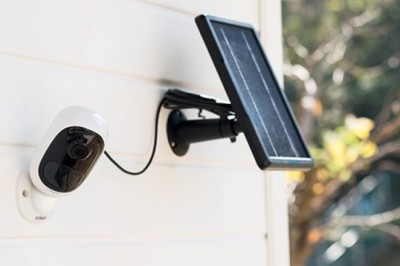views

An RFID access control system is a technology-driven security solution that utilizes radio frequency identification to manage and monitor access to a specific area or facility. It replaces traditional methods like keys, access cards, or passwords with RFID tags or cards.
The working principle of an RFID access control system involves three main components: RFID tags, RFID readers, and a control panel. The RFID tags, usually in the form of cards or key fobs, are assigned to authorized individuals. When a person approaches a secured entrance, they present their RFID tag to the RFID reader, which emits a radio frequency signal.
The RFID reader captures this signal and sends it to the control panel for authentication. If the RFID tag's unique identification number matches the authorized list in the control panel, access is granted by unlocking the door or barrier.
Benefits of RFID Access Control Systems
Implementing an RFID access control system offers numerous benefits:
Enhanced Security: RFID access control systems provide a higher level of security compared to traditional methods. It's difficult to duplicate or forge RFID tags, reducing the risk of unauthorized access.
Convenience: Users can carry RFID tags in the form of cards or key fobs, eliminating the need for physical keys or remembering passwords. It allows for quick and easy access without compromising security.
Access Control Customization: RFID systems offer granular control over access permissions. Administrators can assign different access levels to individuals or groups, ensuring that only authorized personnel can enter specific areas.
Audit Trail: RFID access control systems can generate detailed logs of access events, including the date, time, and identity of individuals entering or exiting a restricted area. This information is valuable for security monitoring and investigations.
Scalability: RFID systems can easily scale to accommodate a growing number of users or additional access points. It's a flexible solution that can adapt to the changing needs of an organization.
Applications of RFID Access Control Systems
RFID access control systems find applications in various industries and settings, including:
-
Corporate Offices: Protecting confidential information and securing restricted areas within office premises.
-
Educational Institutions: Controlling access to classrooms, laboratories, and administrative areas.
-
Healthcare Facilities: Safeguarding patient records, medication storage areas, and operating rooms.
-
Government Buildings: Ensuring restricted access to sensitive areas and protecting classified information.
-
Hotels and Resorts: Managing access to guest rooms, recreational facilities, and staff-only areas.
-
Industrial Facilities: Restricting entry to production areas, warehouses, and research labs.
-
Residential Complexes: Securing gated communities and apartment buildings.
-
Transportation Hubs: Regulating access to airport terminals, train stations, and bus depots.
Conclusion
RFID access control systems provide a reliable and secure solution for managing and monitoring access to restricted areas. Their benefits, including enhanced security, convenience, and customization, make them an ideal choice for various industries. As technology advances, RFID access control systems are expected to become even more sophisticated, incorporating biometric integration, mobile credentials, and cloud-based solutions.
By adopting an RFID access control system, organizations can safeguard their assets, protect their personnel, and maintain a secure environment.
























Comments
0 comment